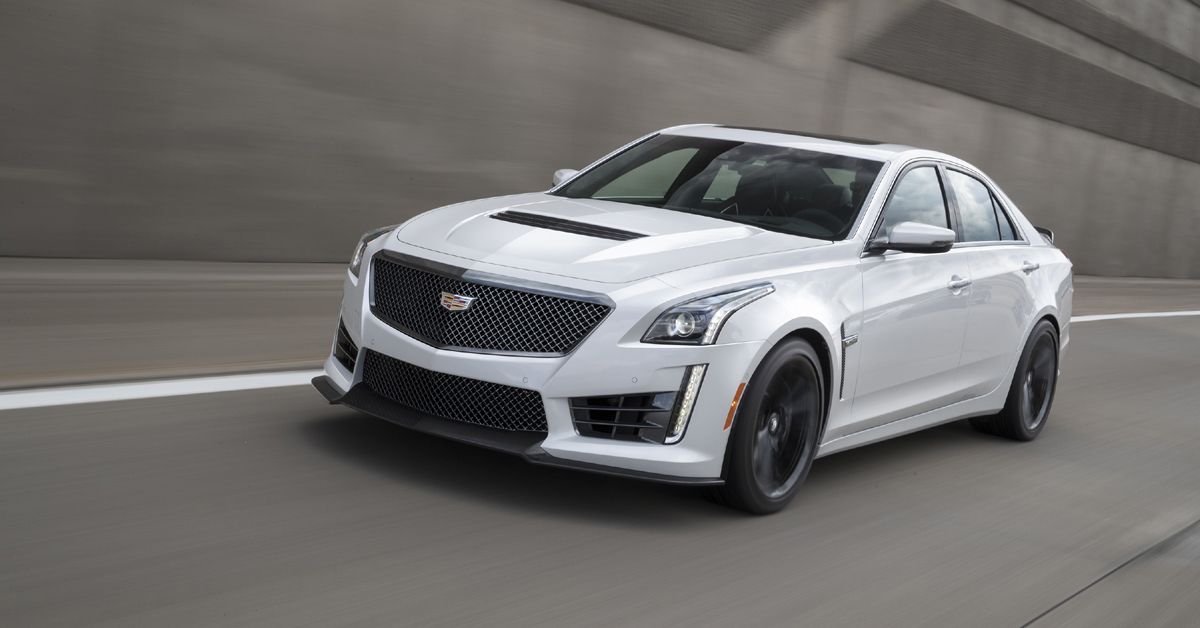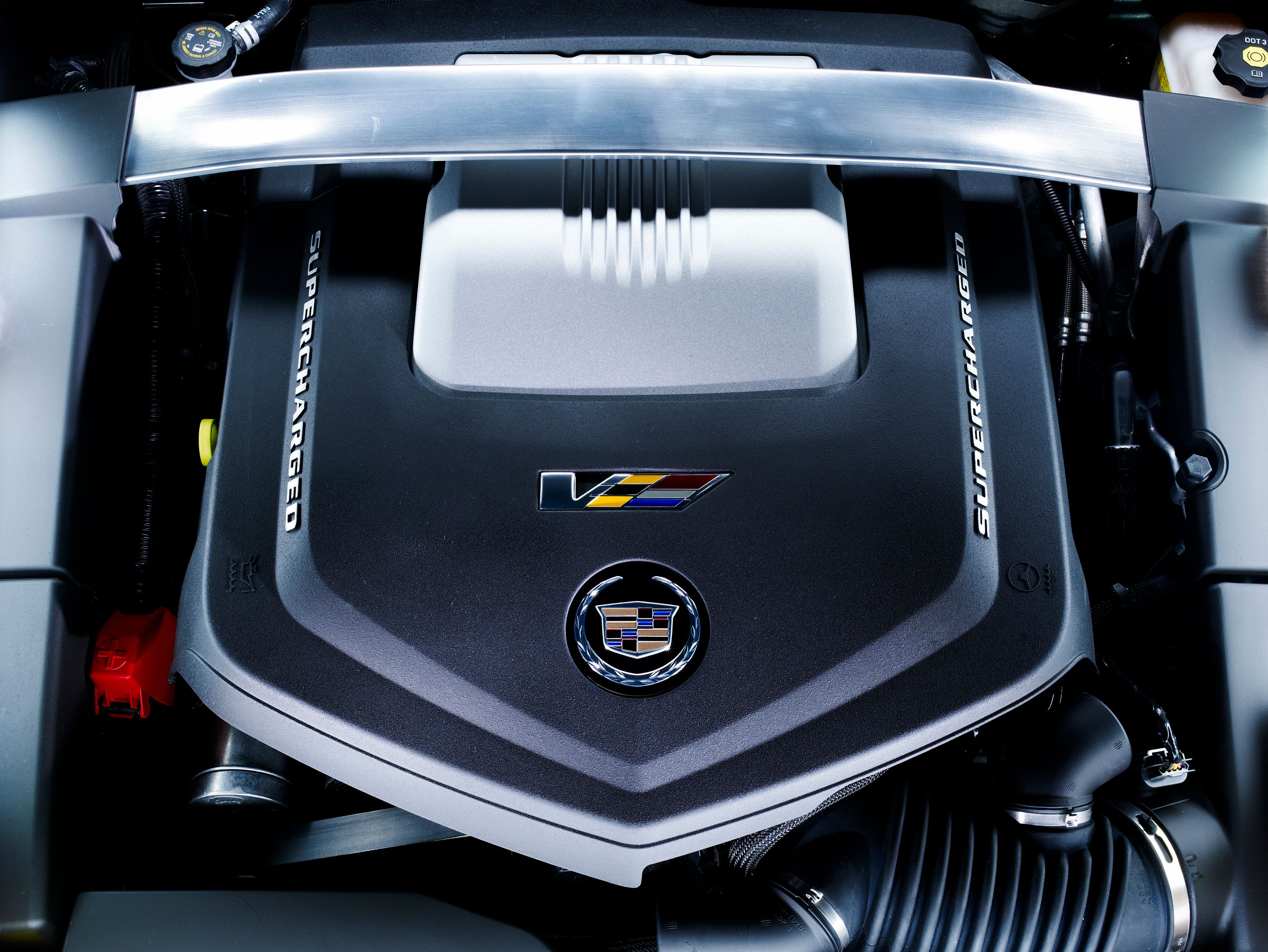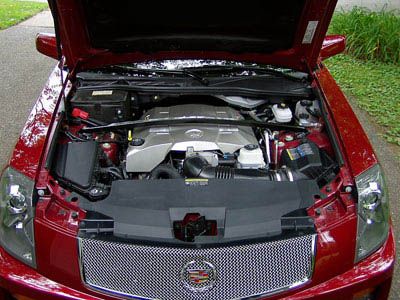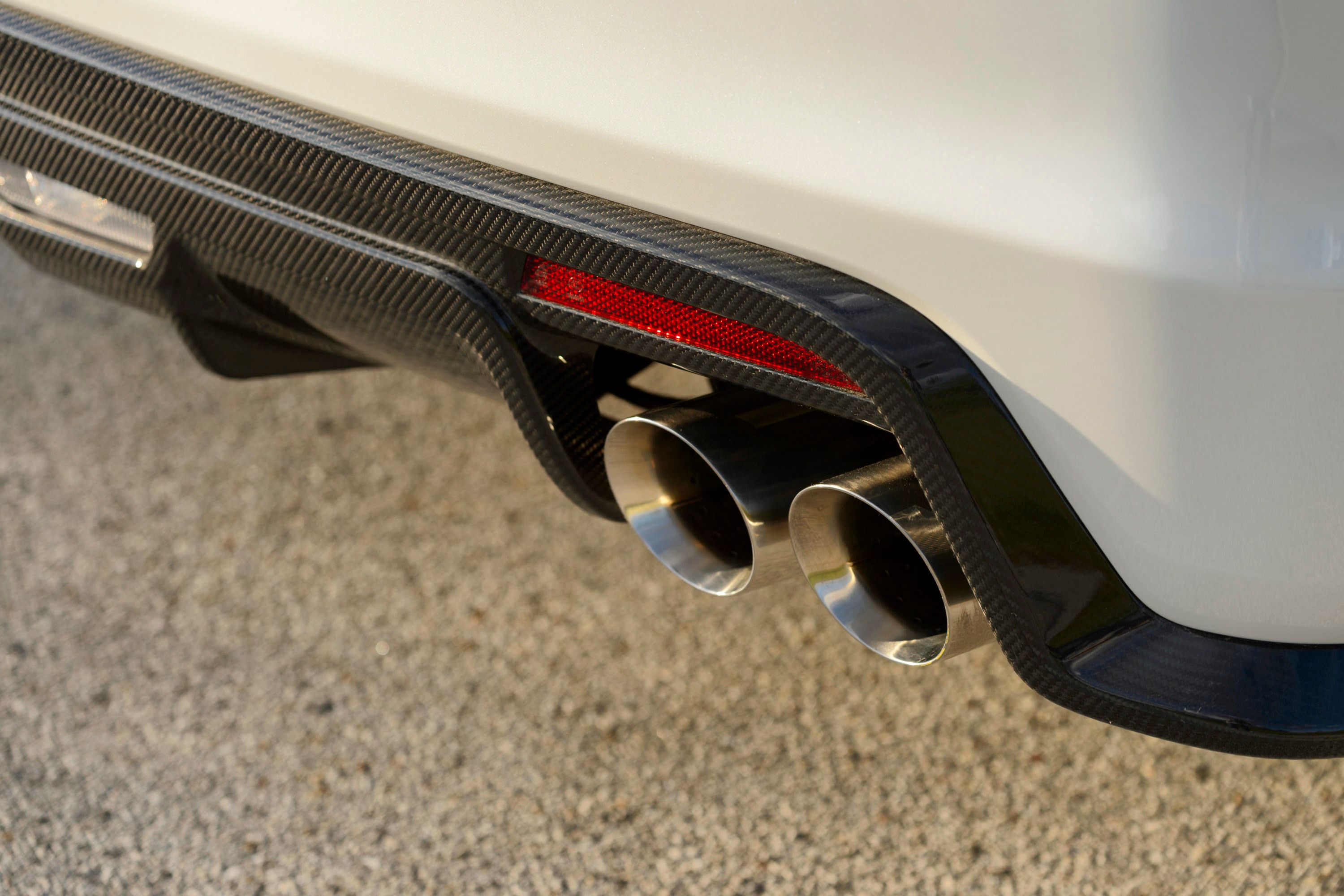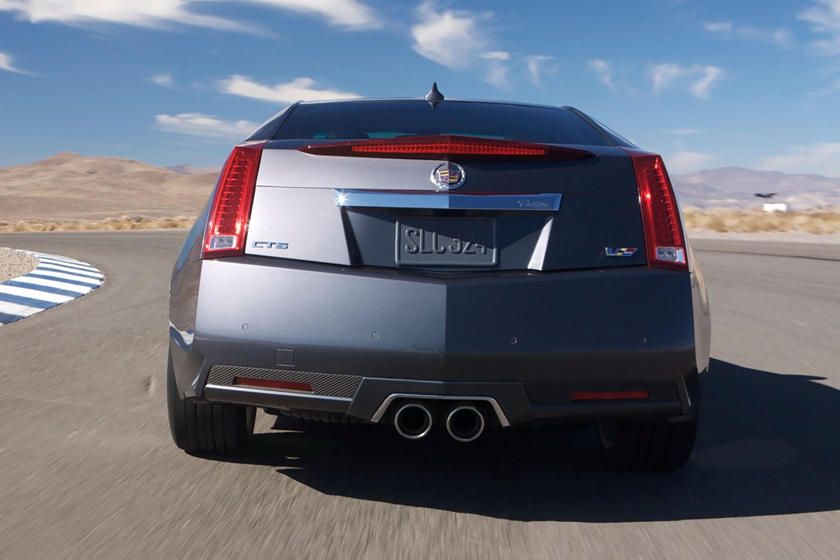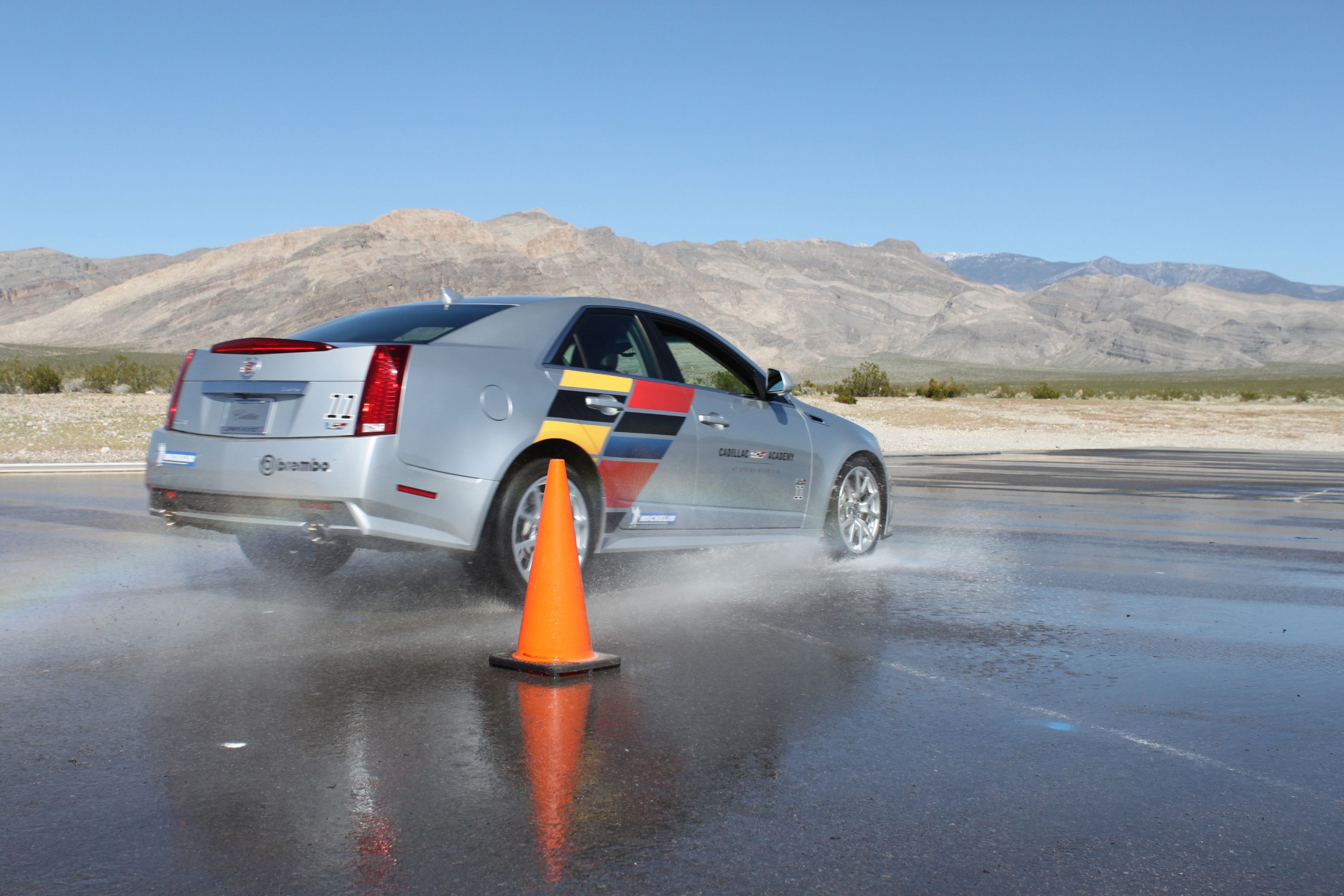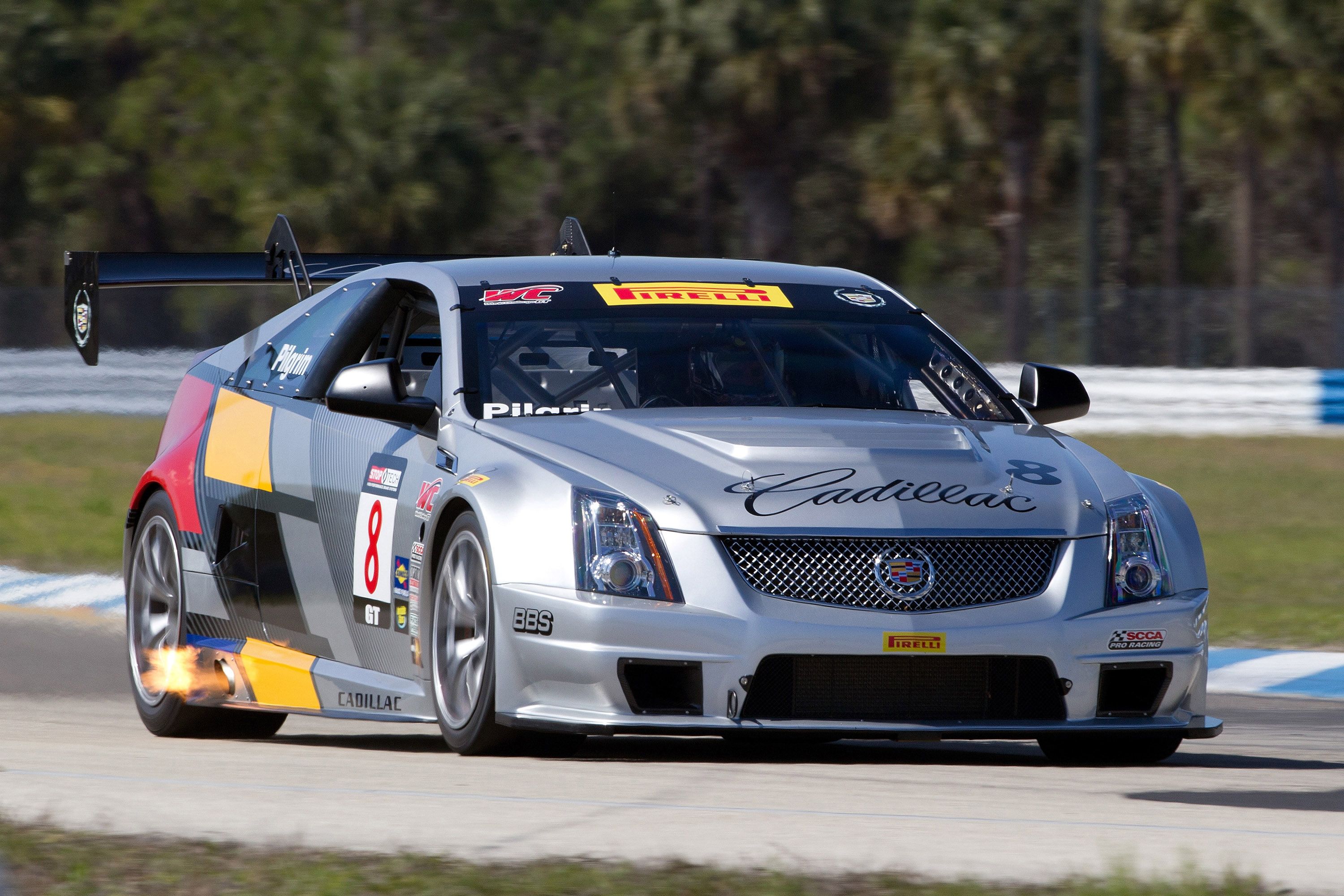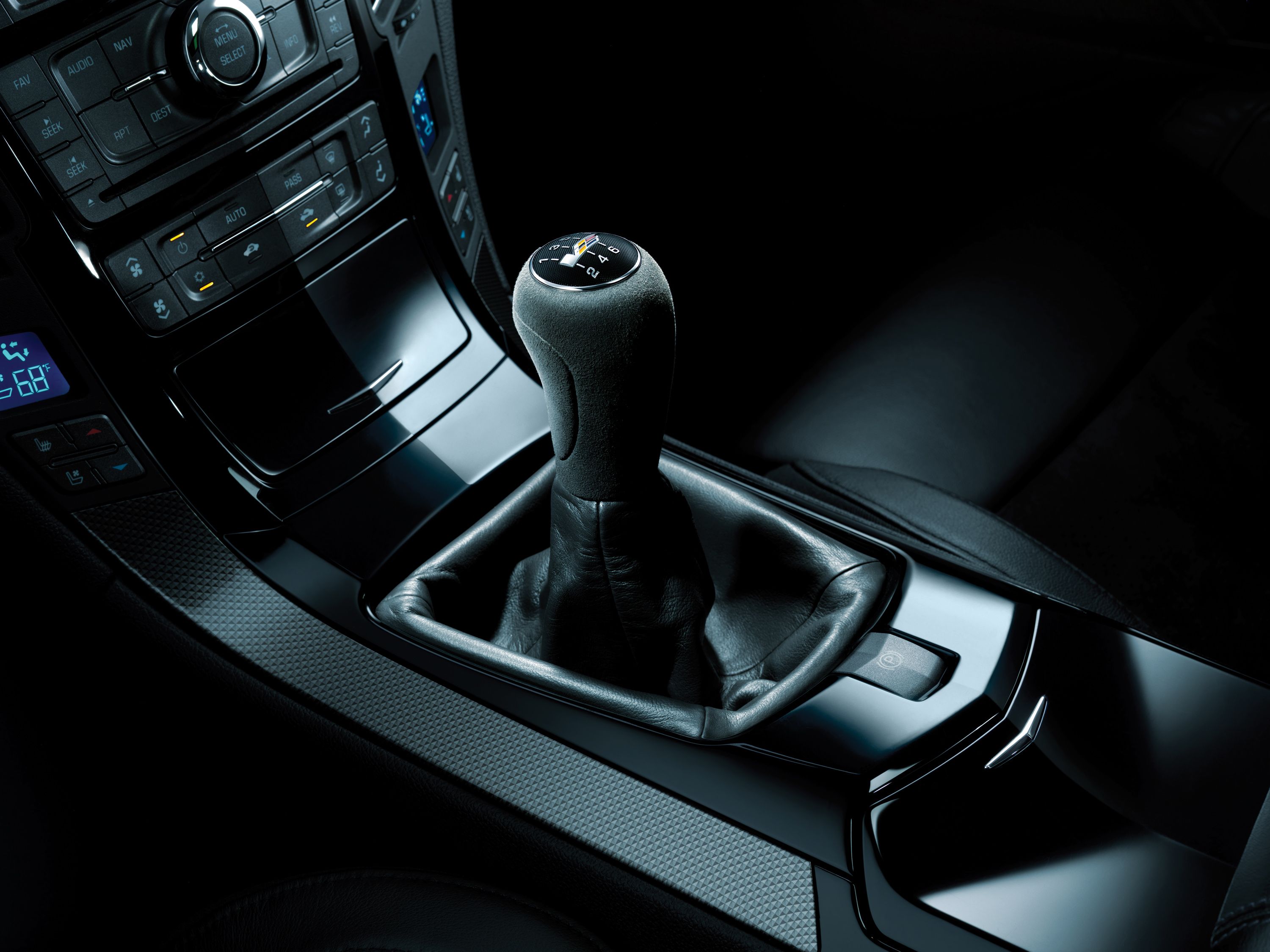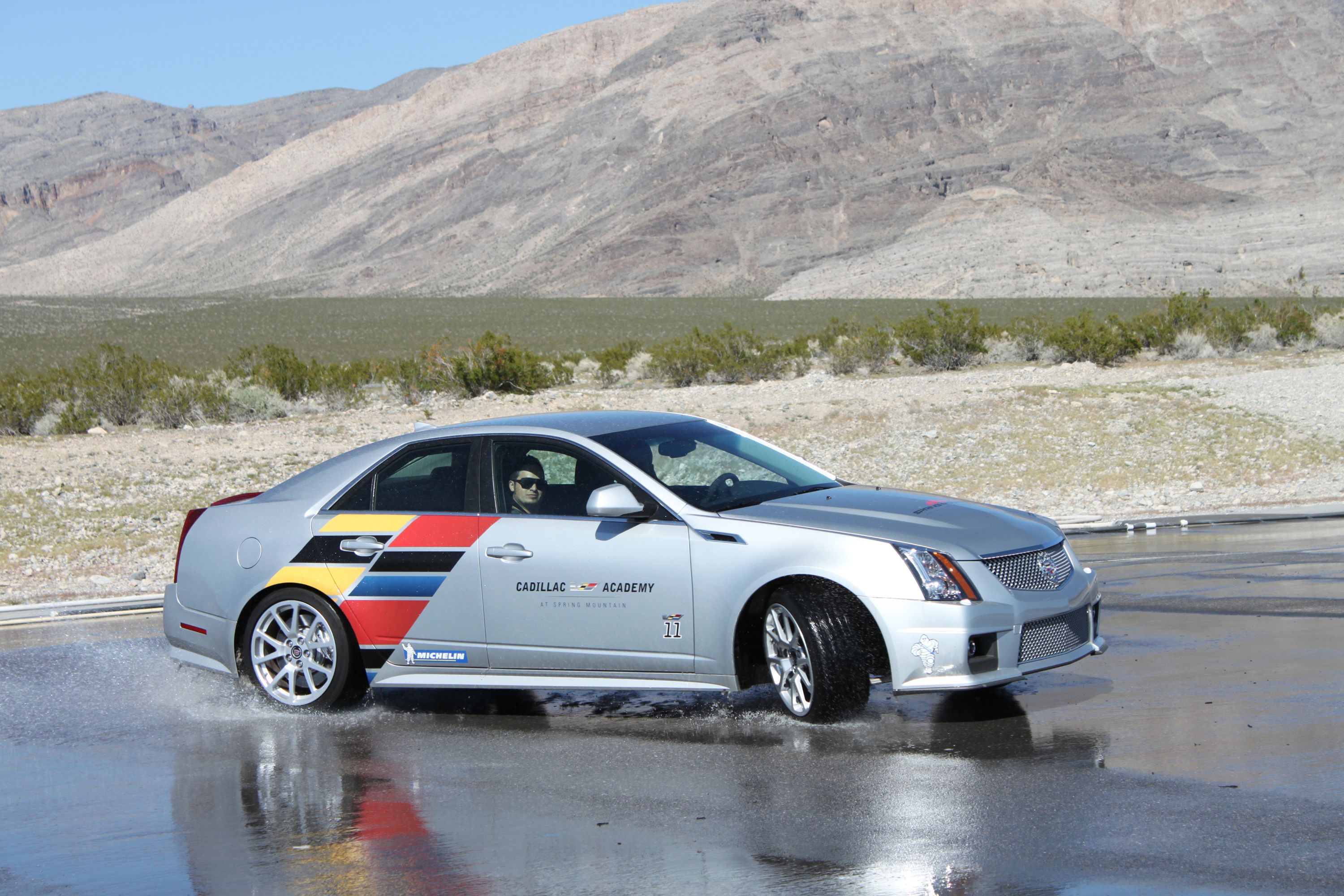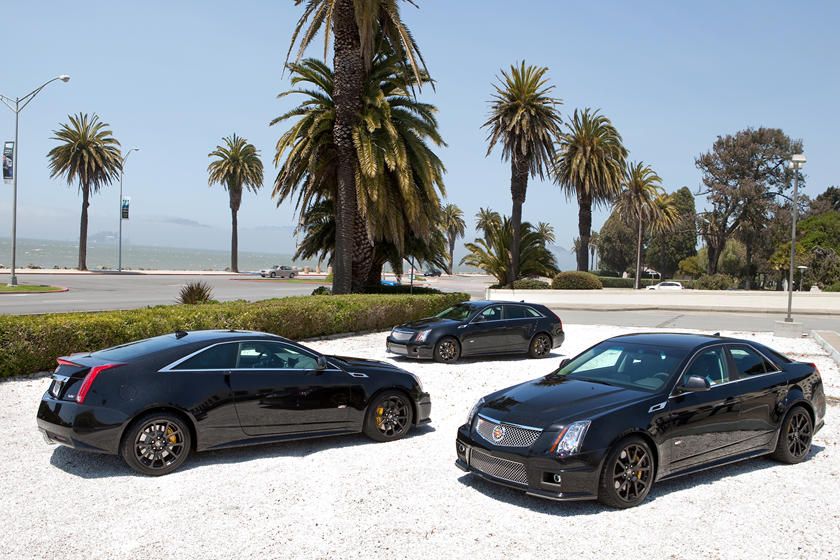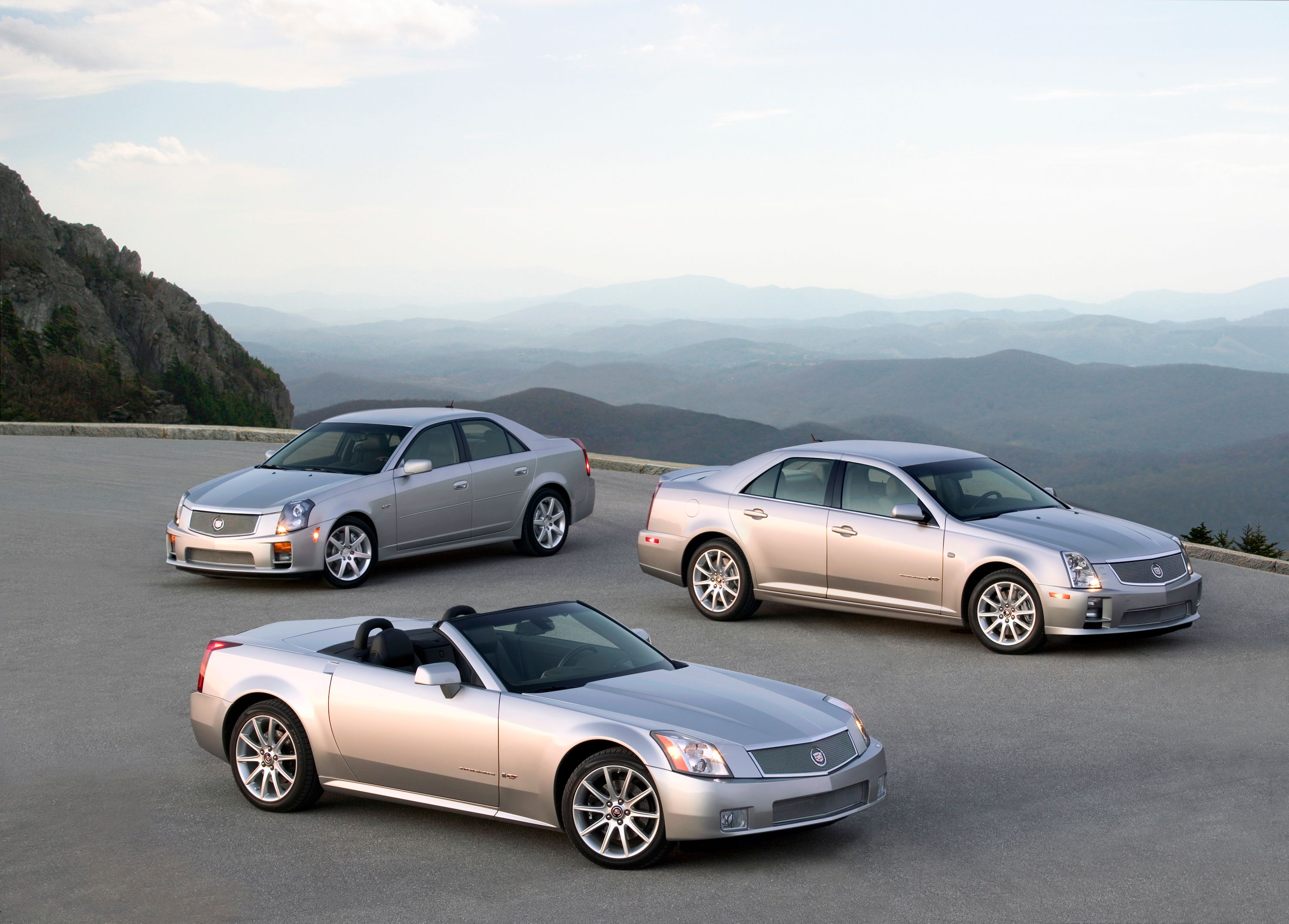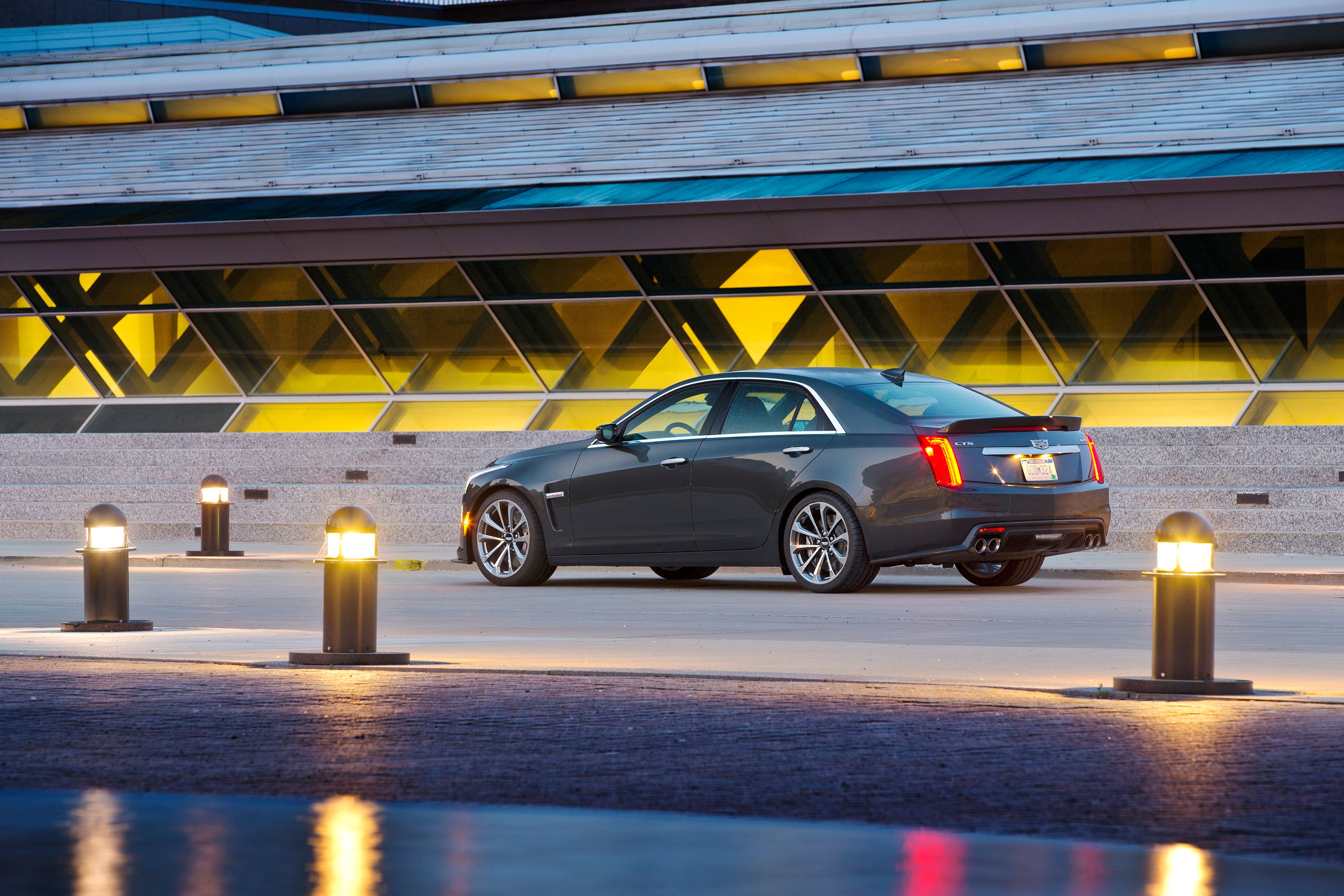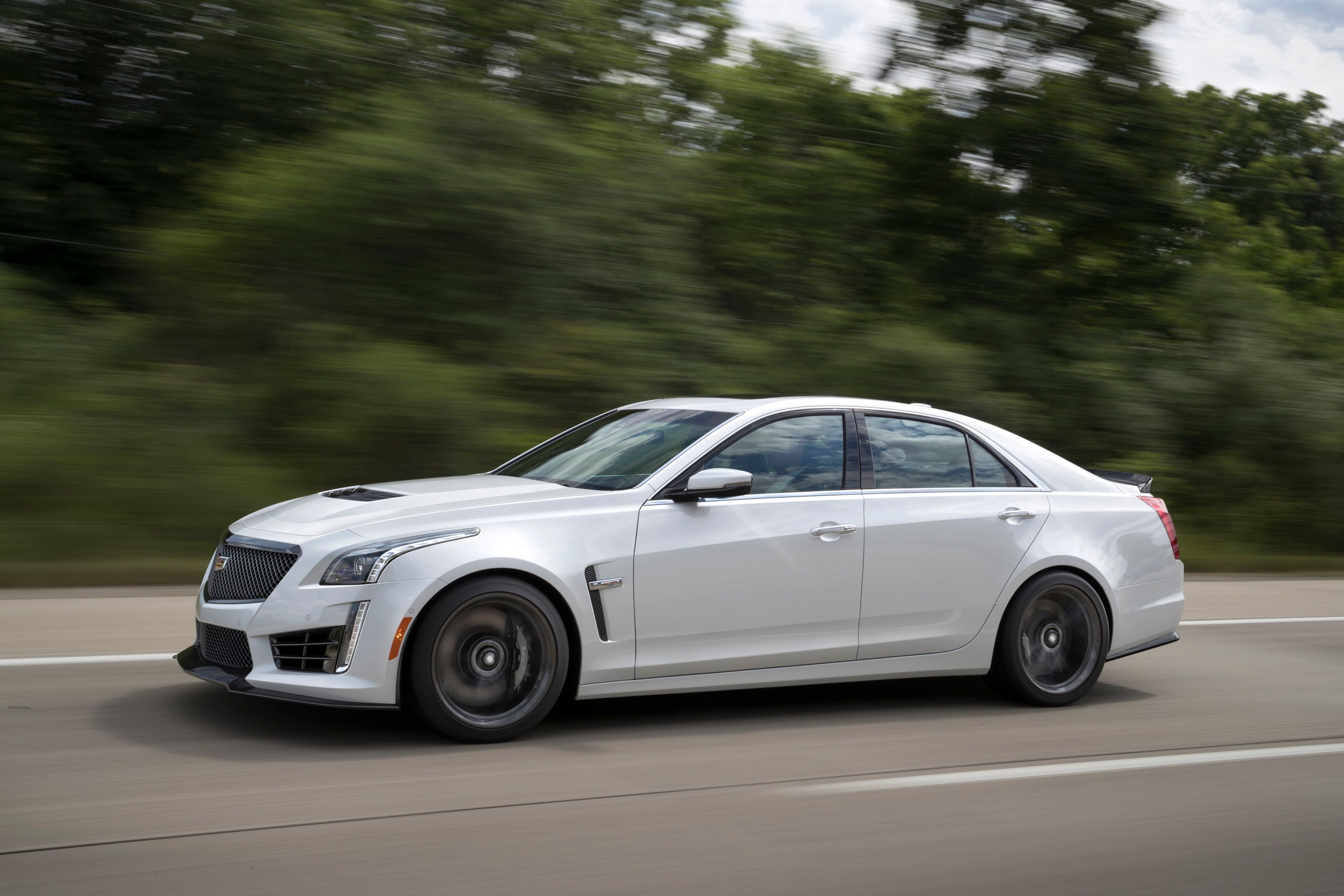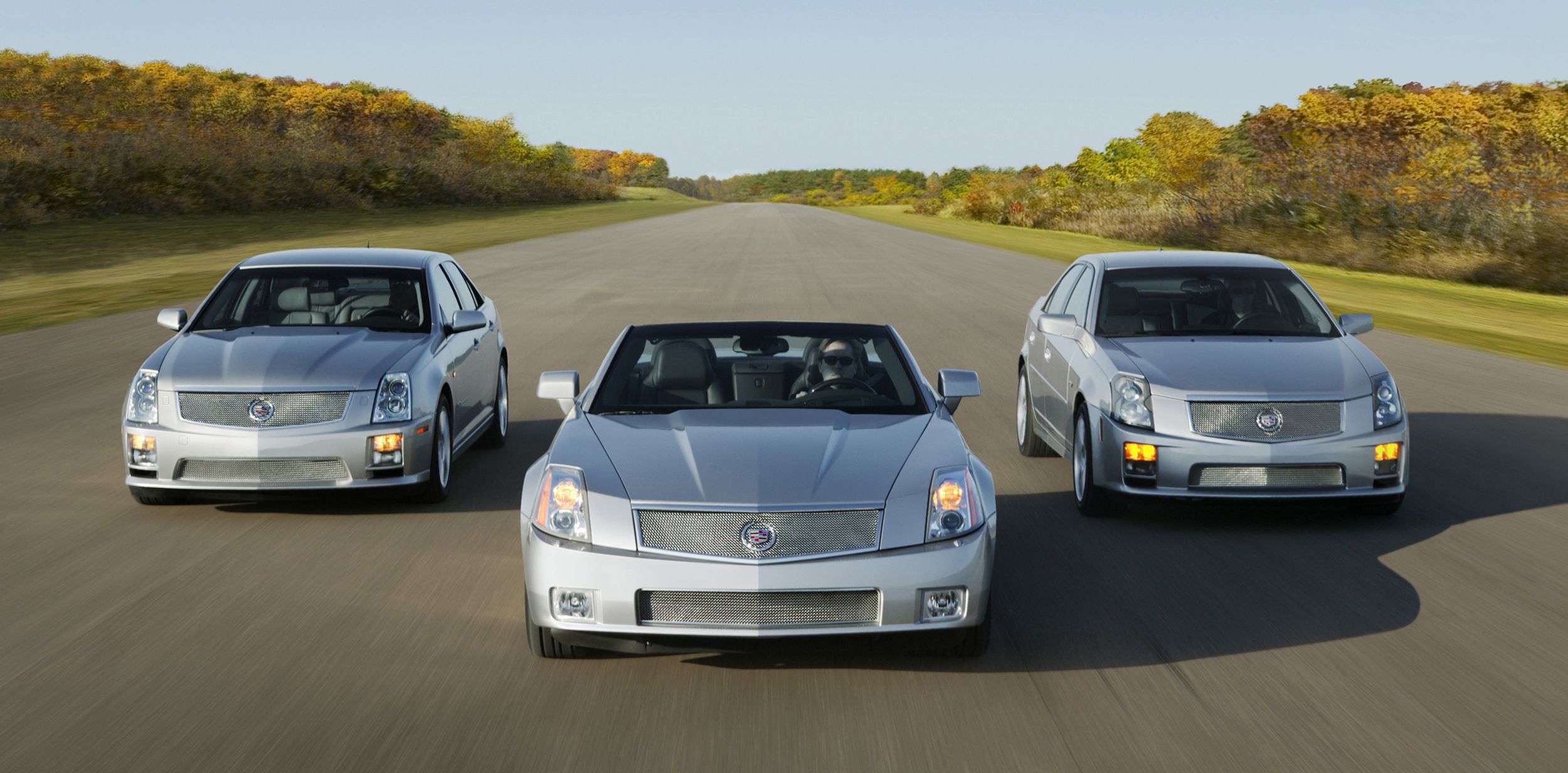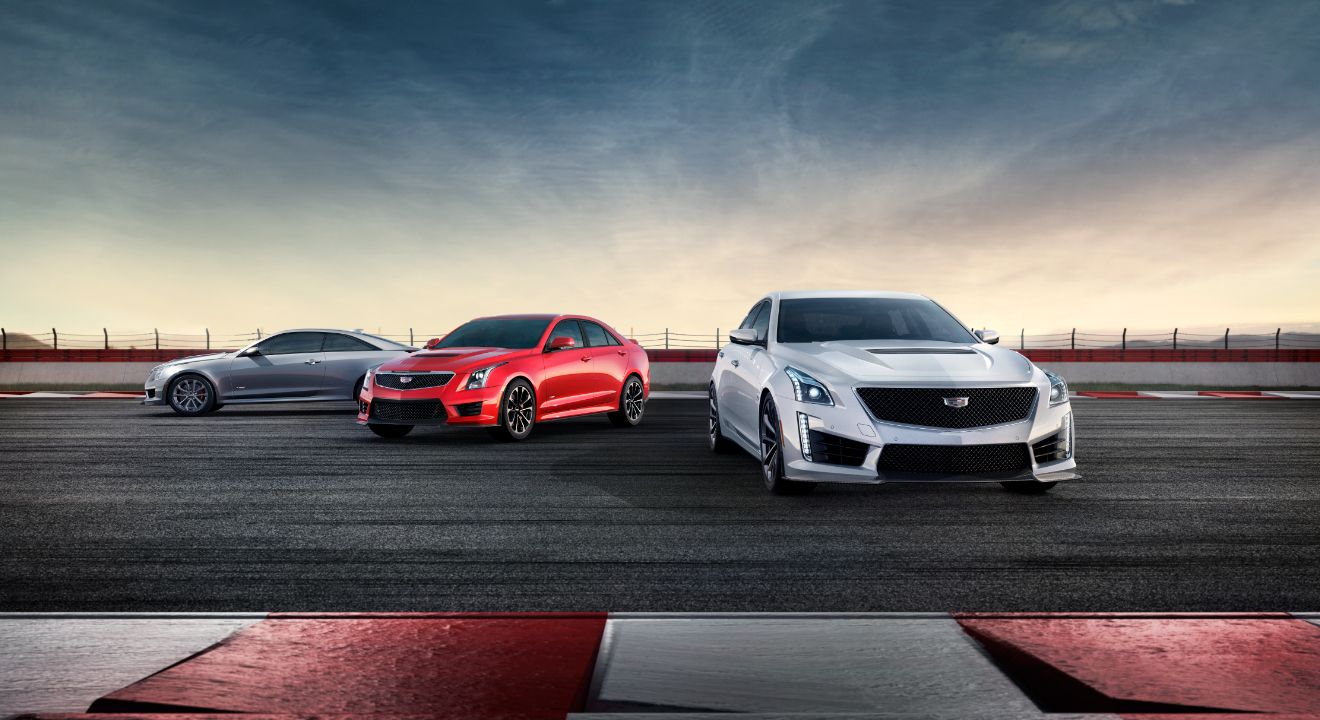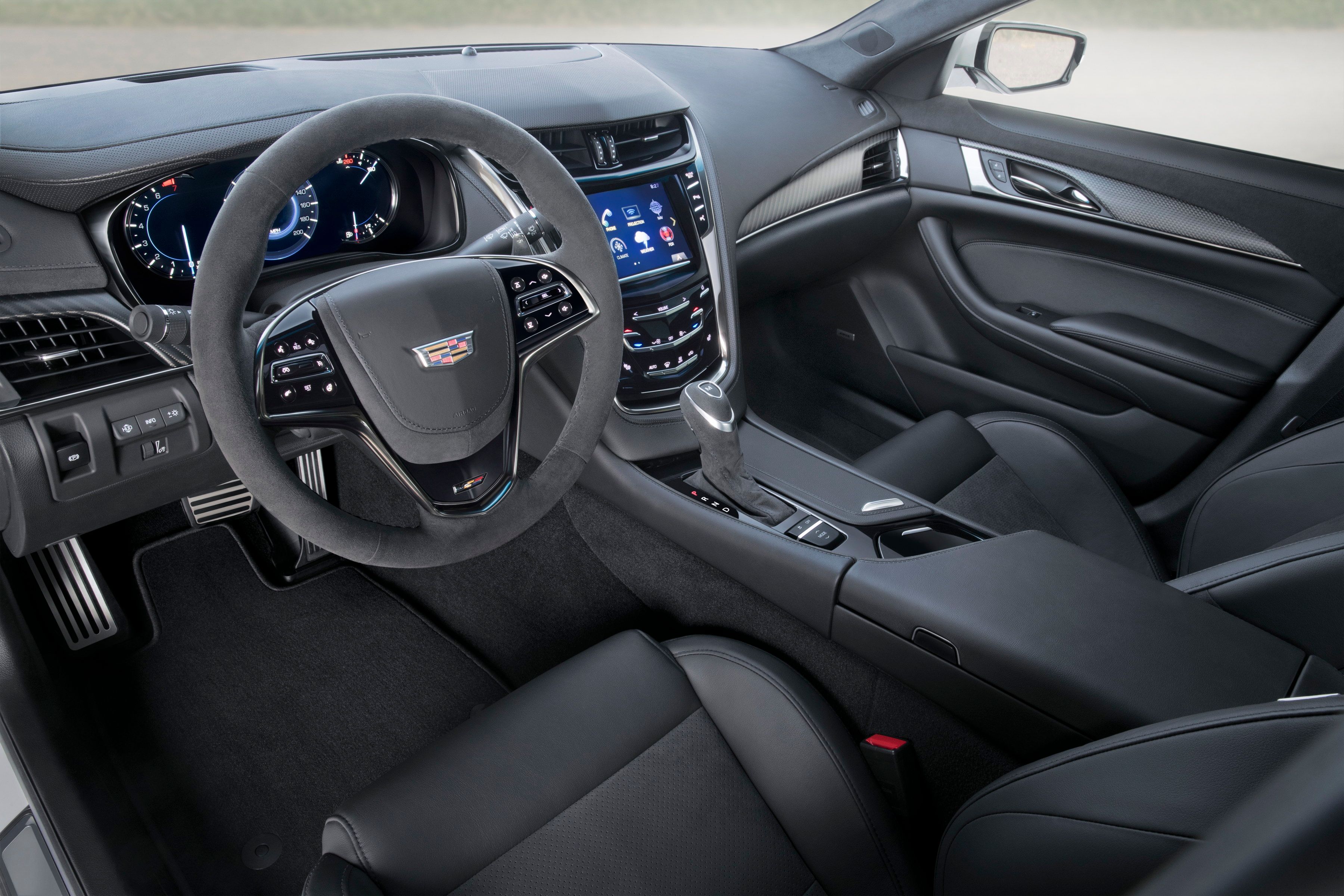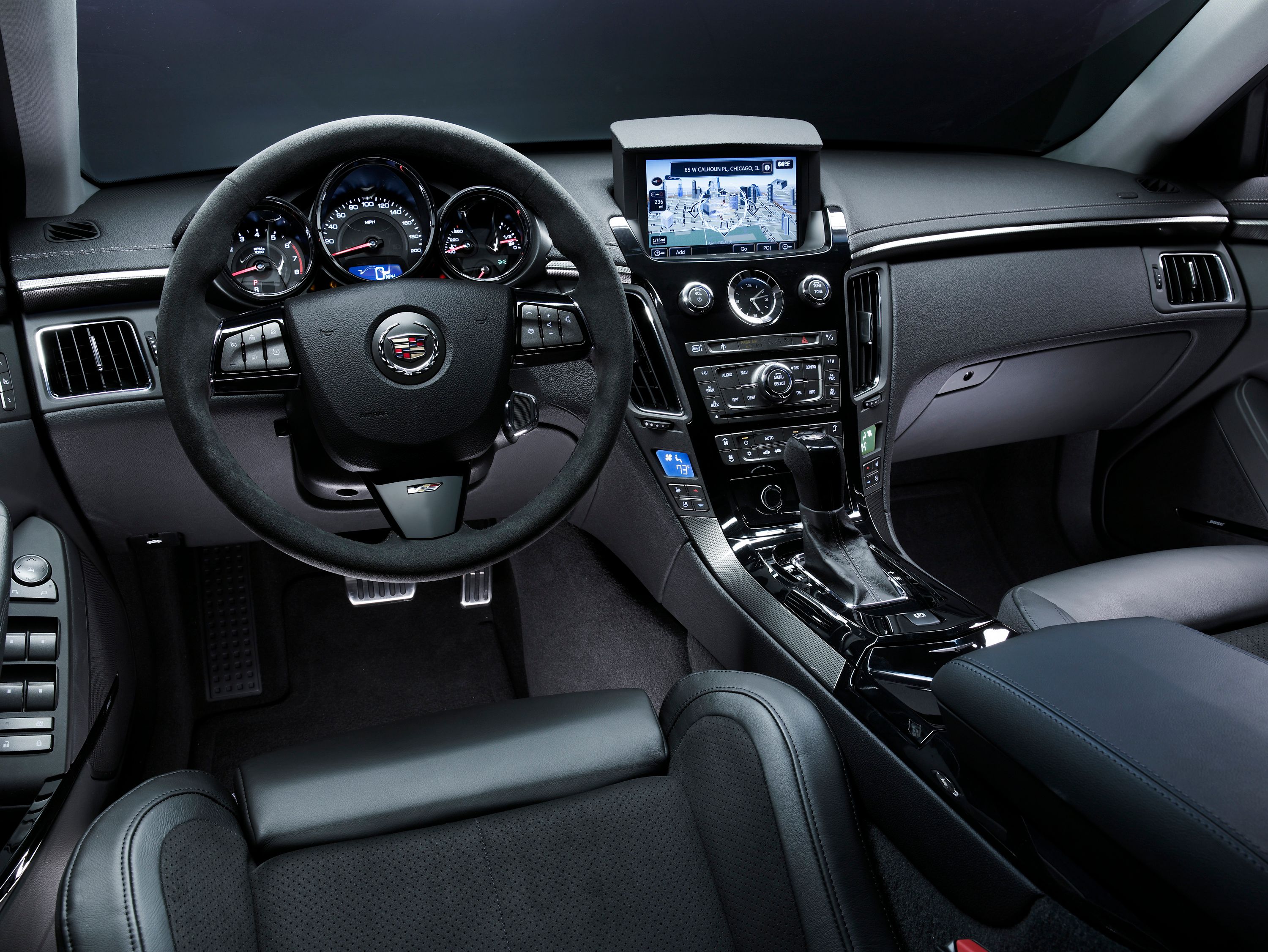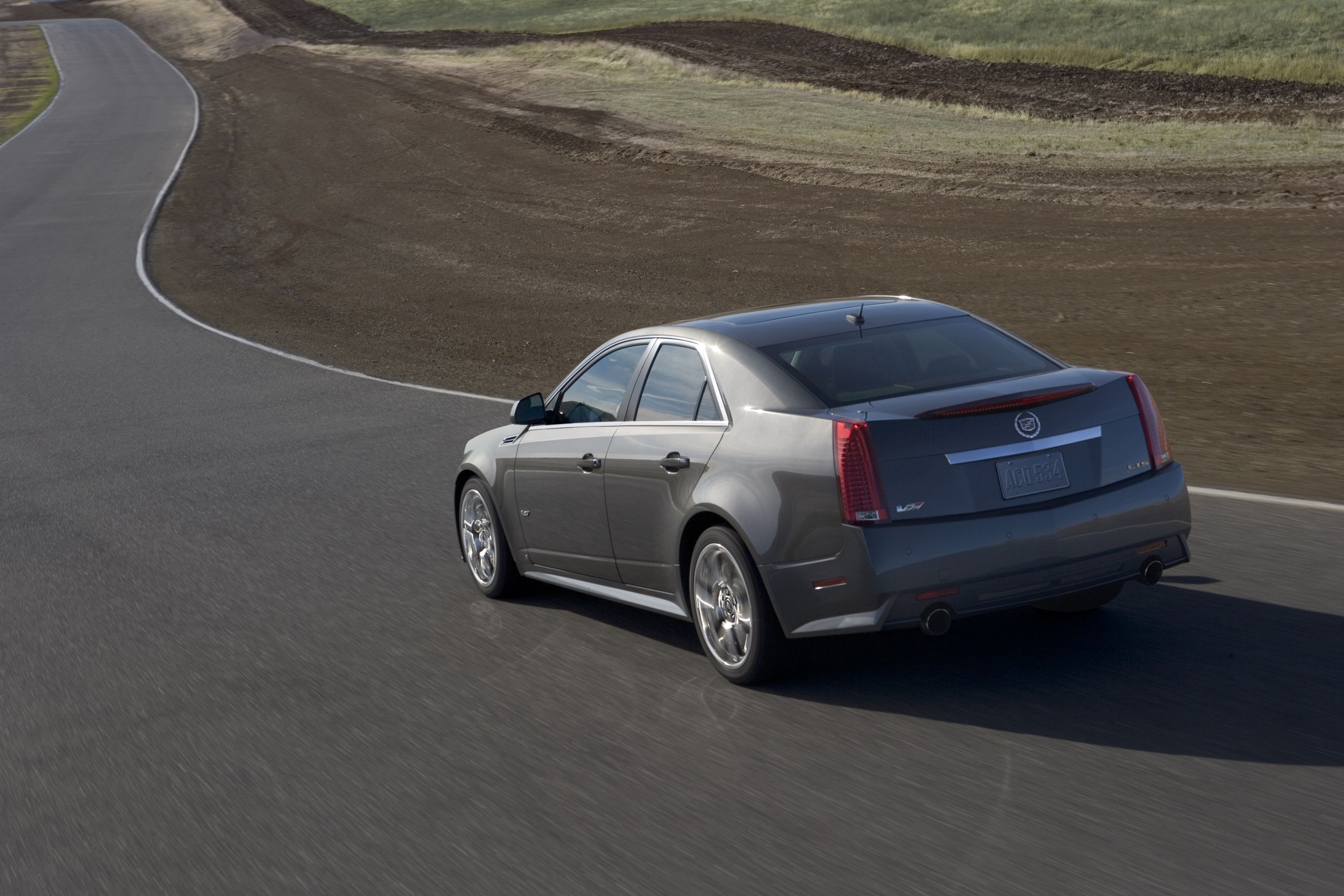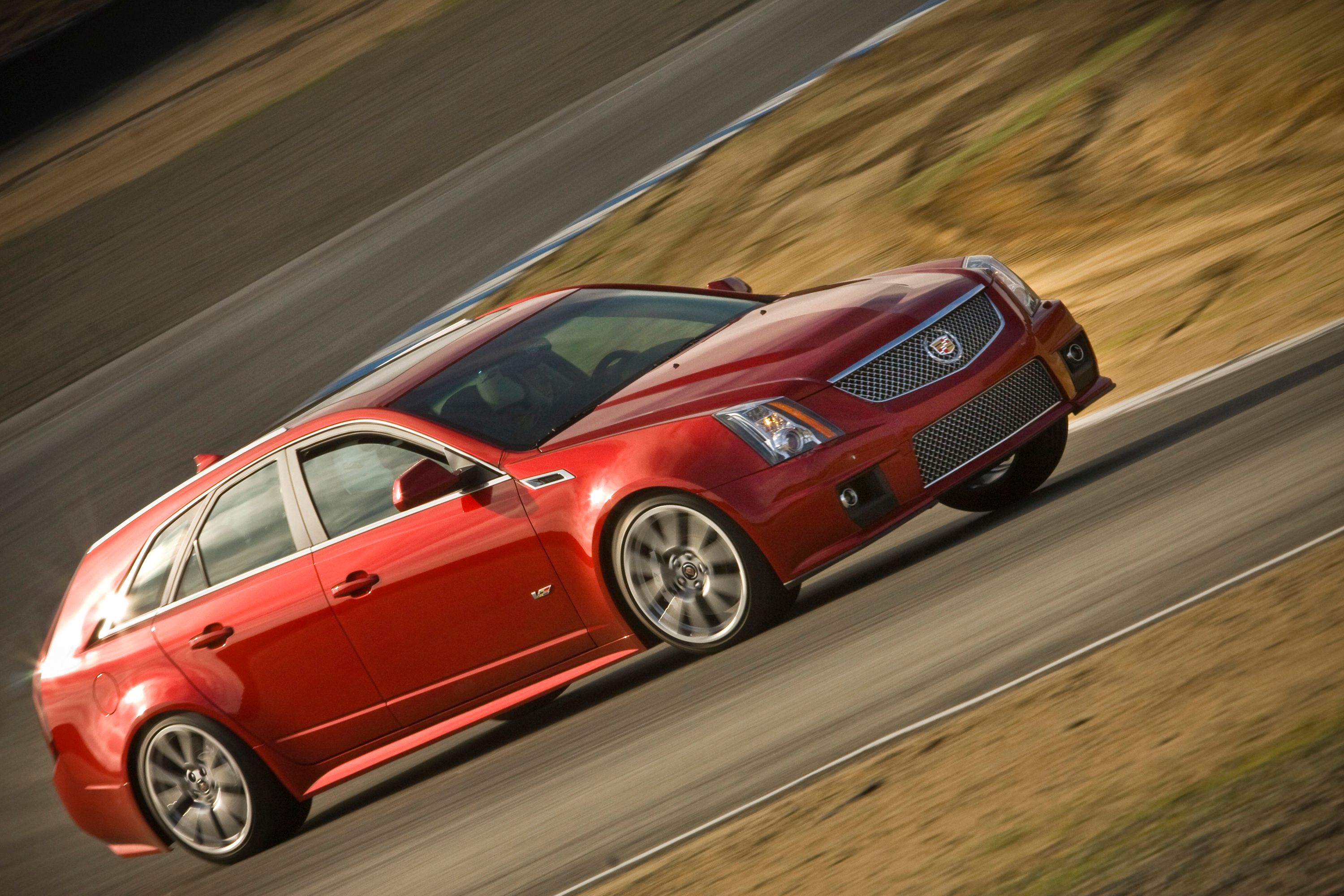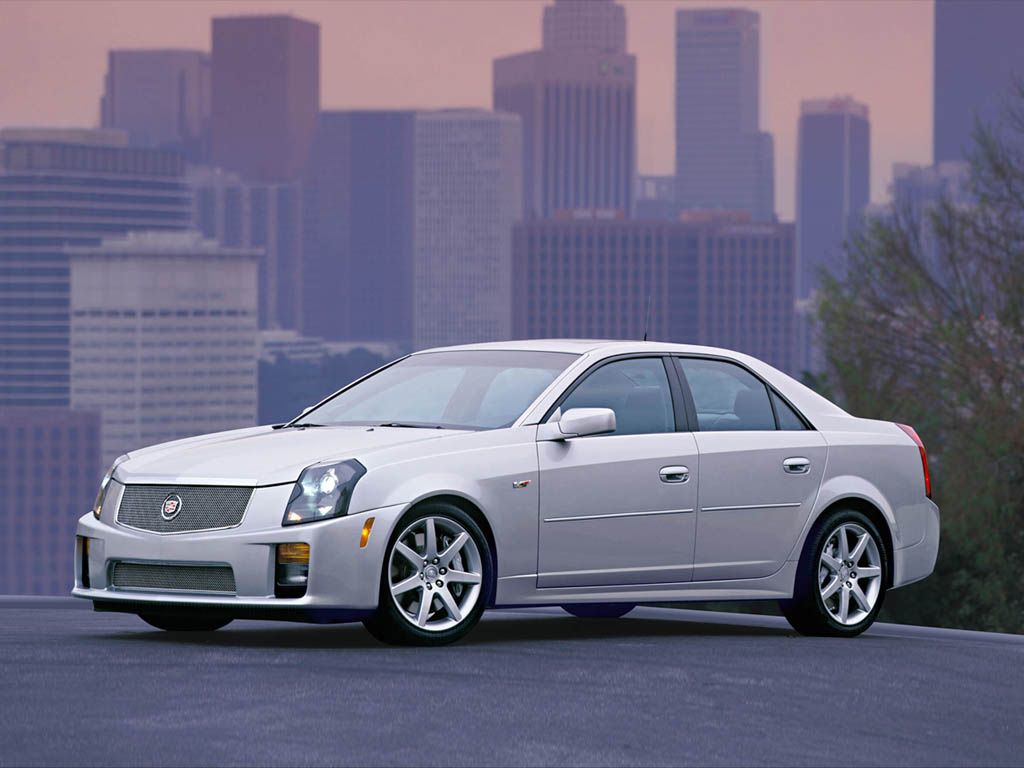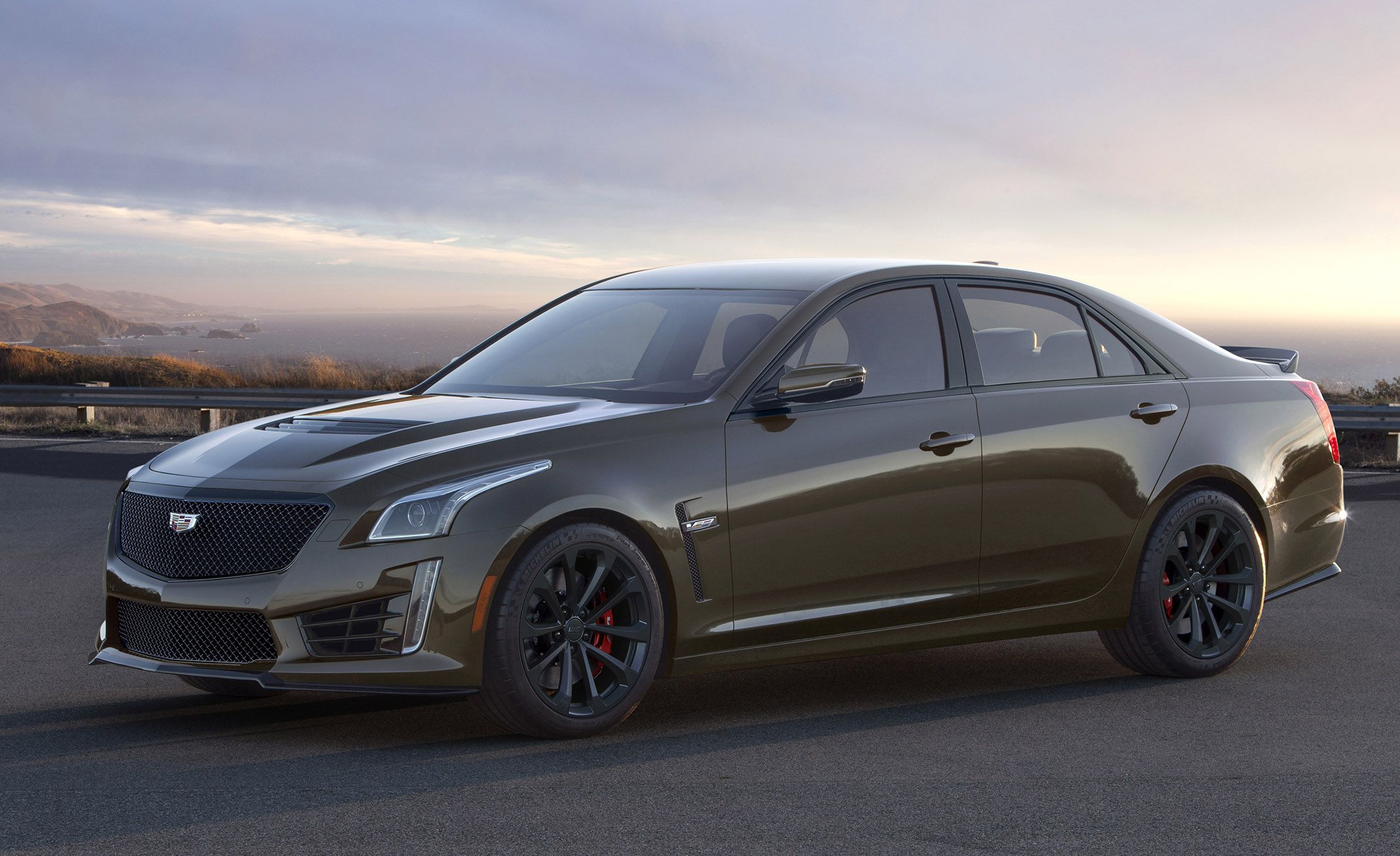Since its introduction in 2004, the Cadillac CTS-V has found fans worldwide. A rival from General Motors to BMW's M and Mercedes' AMG with a massive V8 and nothing but a manual transmission, the car sold in few enough numbers to attract a steadfastly loyal enthusiast following. After three generations, though, Cadillac replaced the car with the highly-lauded CT5-V, which we love, for the 2020 model year.
And that’s a shame, because the CTS-V is a great badge in the performance world, bringing American power up against established luxury rivals to offer a uniquely enjoyable experience behind the wheel. But with the car’s production run finished, that just makes it more tantalizing to buy, and you absolutely should pick one up.
10 It’s Got The Power
Since its debut in 2004, the CTS-V has always had monstrous power from Corvette-derived engines. The first generation had a 5.7-liter V8 making 400 horsepower and 395 lb-ft of torque, using the LT2 Corvette powertrain. The second generation of the car upped the power to 556 horsepower and 551 lb-ft of torque with the engine from the then-outgoing Corvette ZR1.
Until its demise in 2019, the final generation used the engine from the ZO6 Corvette to make 640 horsepower and 630 lb-ft of torque. That’s in comparison to the 2019 BMW M3, which made 473 horsepower, only upped just above 500 horsepower in Competition trim.
9 It Sounds Amazing
Those great engines make a great sound in their respective Corvettes, and an almost-better sound in the CTS-Vs. The final generation made use of an “engine sound management system” to make the car sound echo the racing version’s growls and pops from the exhaust in race mode.
Always featuring a naturally-aspirated engine and the option of a manual transmission throughout its lifespan enhanced the sound further.
8 It Can Handle A Racetrack
With a 0-60 time that dropped from 4.9 seconds to 3.9 seconds over the length of the model run and a top speed that went from 160 mph to over 200, the Cadillac had serious performance in a straight line.
While the car wasn’t designed for handling the same way its German rivals were, it could still find its way around a racetrack. While Car and Driver said the first generation handled like a “clever delinquent… never boring,” Cadillac managed to make a racecar out of that. And subsequent generations even made a match for the Germans on a track.
7 It’s A Pure Driving Experience
Cadillac has always intended the CTS-V to offer a more exciting driving experience than its German rivals. From the first generation, with less-intrusive driver aids and a mandatory manual transmission, to the final generation that kept the manual option alive with the torque to lay down burnouts, the car always focused more on fun than track times.
Still, since the second generation, the car has featured optional wheel-mounted paddle shifters and advanced computerized driving aids to help every driver maximize their own performance. Cadillac has also offered driving academies for that same purpose.
6 There’s A Range Of Body Styles Available
The CTS-V wagon has its own enthusiastic following, although a coupe was also available from the sedan basis of the second-generation. Every other generation, though, only offered the sedan variant, even though prototype wagons were made for the first generation.
The CTS-V Sportwagon, with a V8 engine and a manual transmission, will always remain popular among enthusiasts and continues to sell for good money.
5 It’s The Ultimate Sleeper
With a Corvette V8 under the hood but looks from a standard luxury-cruiser Cadillac, the CTS-V has always been a sleeper performance car: able to surprise with its performance. For those of us who want more subtle power, Cadillac built the perfect answer. Even later versions with aero and aggressive styling still look enough like any standard Cadillac to most drivers.
The wagon version might be the ultimate sleeper. Although fast wagons like the RS6 Avant are getting somewhat more popular in the States, most drivers don’t expect to be gapped at the lights by a station wagon, no matter the badge.
4 The Rarity Appeals To Real Enthusiasts
The CTS-V is a rare car. With plenty of years of production, even the small figures add up, but they are small sales figures: the best year for production was 2011 when Cadillac moved just 5,704 cars across all three variants. Interestingly enough, the coupe sold best that year, and the wagon only sold 395 total units for the year.
Indeed, throughout a fifteen-year production run, only 36,481 CTS-Vs were ever made for the world, according to data from the V-net forum. That’s about as many Corollas as Toyota makes in a single month, and nearly equal to what the ever-unpopular Pontiac Aztec sold in its best year. So it’s a rare car that’s special to own.
3 The Interior Feels Supple
Cadillac’s interior designers intended from the beginning to create a modern layout, making vigorous use of alcantara as well. The first generation is, deservedly, criticized for a typical-GM plastic layout, but that layout is more modern than contemporary sports sedans and has held together well.
The second and third generations largely fixed the plastic (Car and Driver called it “an enormous improvement over the previous CTS-V). With gloss finishes and fine leather, it may have been lifted nearly-straight from a standard CTS, but it is a nice place to spend time.
2 It’s Good Value
The original model CTS-V started at $49,300, which is about $73k today. In outstanding condition, Edmunds reports that a 2004 model goes for around seven thousand dollars. With the same equivalent value as the original value, the 2009 model started at $58,575. Those can be found for $25,000 in good condition.
The final version upped the price to over $100,000 in fully-specced trim, with plenty of expensive options in seats, brakes, and performance packages. For the first time, the final generation matched its German rivals in price, but met them in equipment and performance.
1 There Are Plenty Of Generations To Choose From
The first generation was unveiled for the 2004 model year and the car was discontinued in 2019, with three generations between that. The first and second generations rode on Cadillac’s Sigma platform alongside other Cadillac models of the time, while the third generation used a modified version of GM’s Alpha platform that’s still the underpinnings of the Camaro and the replacement CT5.
The direction of the car changed some over the generations too: while initially intended to be a niche seller to help Cadillac regain some market share in the performance setting, it earned its place and eventually outperformed, and indeed out-cost, its German rivals around the track as it focused on handling and performance.

